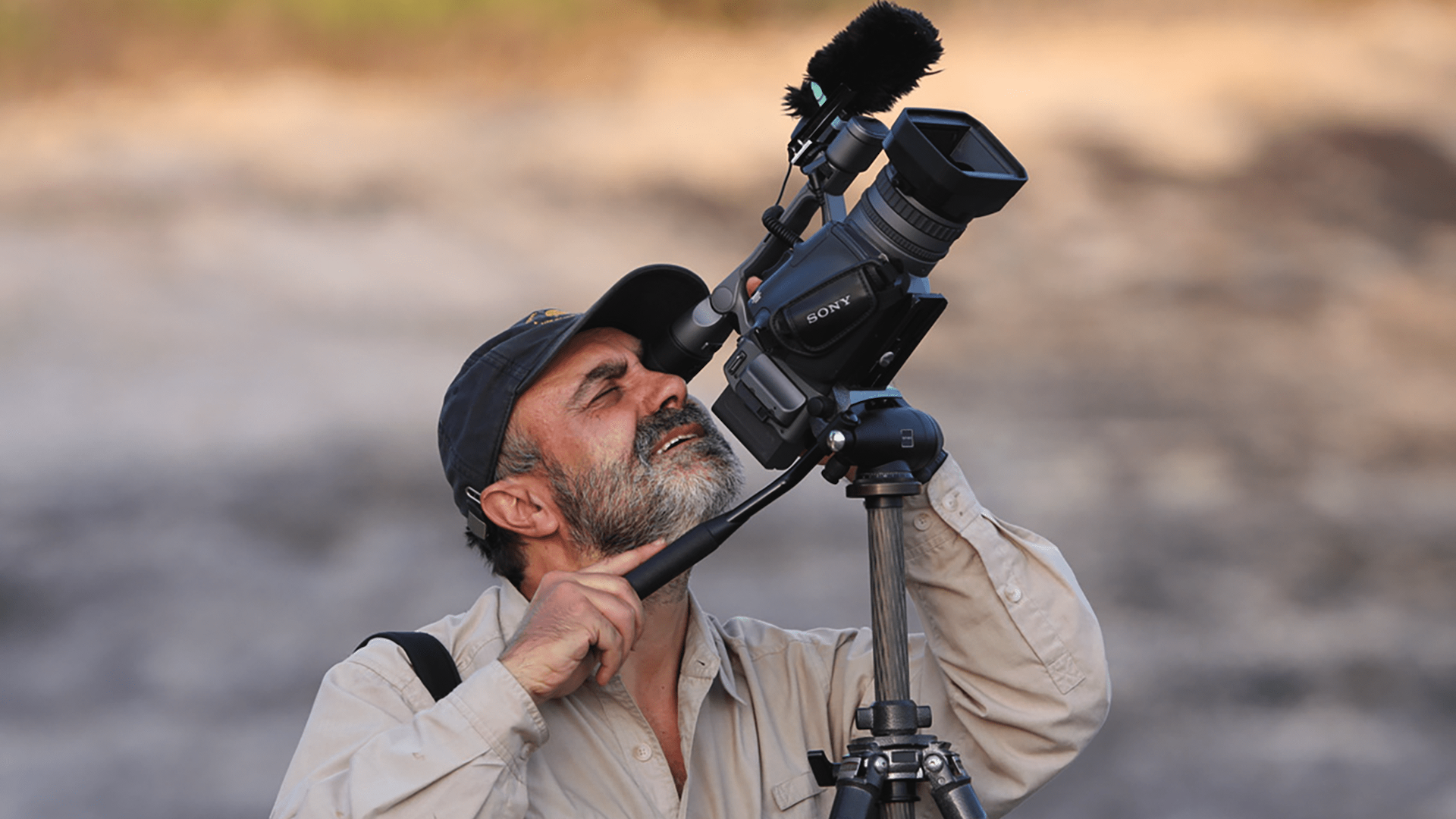If you follow birds on Instagram, then you must follow Lynx Edicions a Barcelona based natural history publishing house that has just come out with its magnum opus titled All the Birds of the World. The title says everything.
This episode features Josep Del Hoyo, one of the founders as well as the director of Lynx Edicions and an expert videographer of birds. This episode is a wide-ranging conversation about birds in different parts of the world.
Josep is an Editor of the 17-volume Handbook of the Birds of the World series (1992–2013) and an Author of the HBW and BirdLife International Illustrated Checklist of the Birds of the World in two volumes (2014–2016). He has most recently authored the book All the Birds of the World (2020), which presents every bird species in a single, fully illustrated volume. Josep has been the driving force behind these and many other projects at Lynx, always motivated by his passion for nature, books and conservation.
To learn more about the book, please watch the video here.
Summary of the show here:
1:50 Josep describes how he put together the book. Over 30 years of work layered together. He talks about this milestone of a single volume 900 pages.
3:50 Josep has been to India more than 10 times. He has spent close to one year of his life in India. Talks about the forest owlet in Melghat Tiger Reserve.
5:00 Talks about the Siberian crane that used to winter in India. About seeing these in the Keoladeo National Park in Bharatpur. Josep talks about how he saw these cranes reduce in number till there were only 2 birds left in 2001.
7:10 He talks about how he observed the Giant ibis, once thought extinct but later rediscovered in Cambodia after being thought extinct.
8:44 Josep recorded the Kakapo, the biggest terrestrial flightless parrot in the world in New Zealand.
10:00 Josep talks about South America, and Amazon. Birds were evolving in isolation in the middle of forests. Talks about Ecuador where you get 1600 species. And India with some 1200.
11:30 Talks about the Arctic shorebirds and waders. Talks about leaf warblers.
15:00 Josep gives tips on how to seek pelagic birds. Go South, he says, to New Zealand, Australia, Chile, South Africa and Antarctica. Albatrosses, shearwater, petrels, storm petrels.
17:50 Nature is quite cruel, you know, he says, as he describes an impactful incident with pelagic birds. Royal albatrosses fighting for a fish. Wandering albatross have more than 3 metres from wing to wing.
19:00: Talks about albatrosses. Either you’ve seen them or you have not.
19:30 Josep talks about changes in bird’s distribution. Which birds are declining and thriving. 120,000 ornithologists were part of the book.
21:00 Talks about breeding strategies of birds. Phalaropes have reverted sex roles (females get the beautiful sex plumage).
23:00 Parasitic birds. Egg colour matches the colour of the egg of the parent species. The markings in the mouth of the parasitic chicks are the same as the host chicks. Breeding strategies of the cuckoo family.
24:00 Talks about non cuckoo families that are parasitic. Pin tailed Whydah. In the Americas are the cowbirds. There is a duck species in South America
26:00 Talks about the relationship between humans and birds. How tolerant Indians are to retain the species. Gujarat and Rajasthan have
28:30 Philippines is special because there are many endemic species. Highest proportion of endemic species. Structure of nature is quite advanced. Monkey eating eagle or Philippine eagle is on the front cover of their ABW.
30:00 Talks about Malaysia. Borneo. Pheasants of the Malayan peninsula.
32:00 China has spectacular pheasants. Talks about Chinese bird photographers and the “hides” for photographers for 60 photographers.
37:00 Talks about Yunnan. Bai Hua Ling. Has hides for bird photographers. Spend a week there, he says.
38:00 Birds of Paradise. New Guinea. In Australia and the Moluca islands
40:00 Planning a trip
43:00 Talks about a bird guide in Uganda who could call like a bird.
44:00 Talks about how birds open you up to the whole ecosystem. Trees, mammals, community, nature, conservation.
45:30 Raptors everywhere: the Gyr falcon of the Arctic. East Africa and South Africa have open savannah like forest. Like in Gujarat where you can see Steppe Eagle. In Africa, Crowned Eagle.
47:00 Birds of prey need thermals. This creates “bottlenecks” in migration. Such as the Bosphorus Strait, the Hawk Mountain Sanctuary in US. Mexico and Veracruz have corridors that create these bottlenecks in migrating raptors. Also the Strait of Gibraltar
51:00 Talks about “little brown jobs.” The best singers of the avian world are these little brown birds such as the nightingale. The creation of music was helped by the birds.
52:00 Look up ebird where Josep Del Hoyo’s videos are present at the Cornell Lab of Ornithology. The bird he mentioned in Northeast Brazil is Alagoas foliage-gleaner
54:00 Talks about nocturnal birds. And diurnal birds like owls and night hawks. A trip in Philippines.
55:00 If you are enjoying birds and nature, be respectful
57:22 His equipment.


